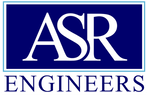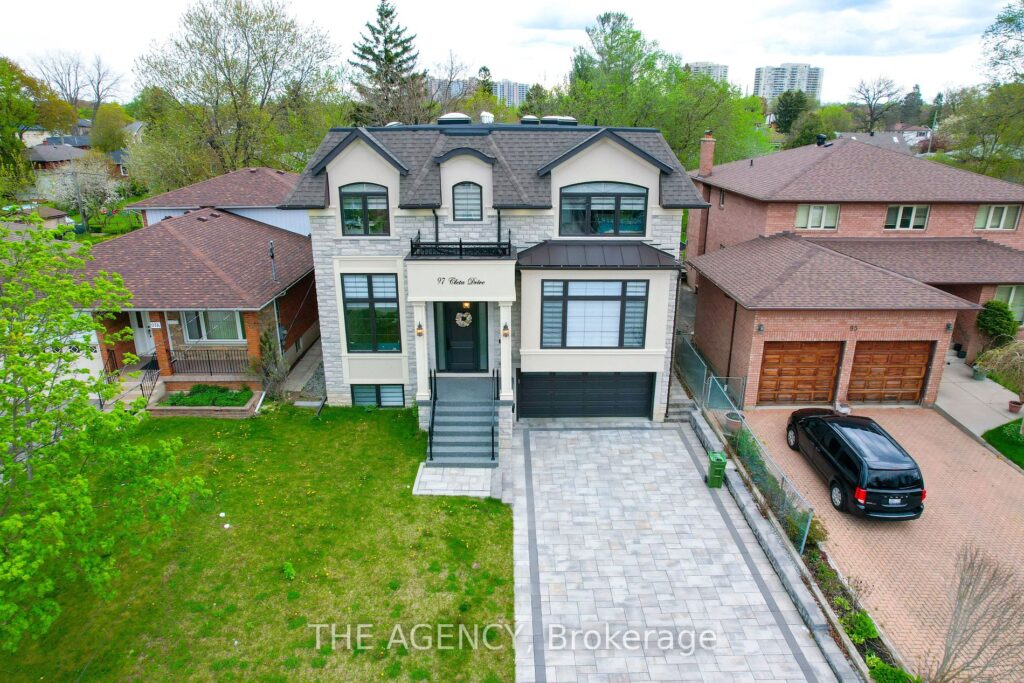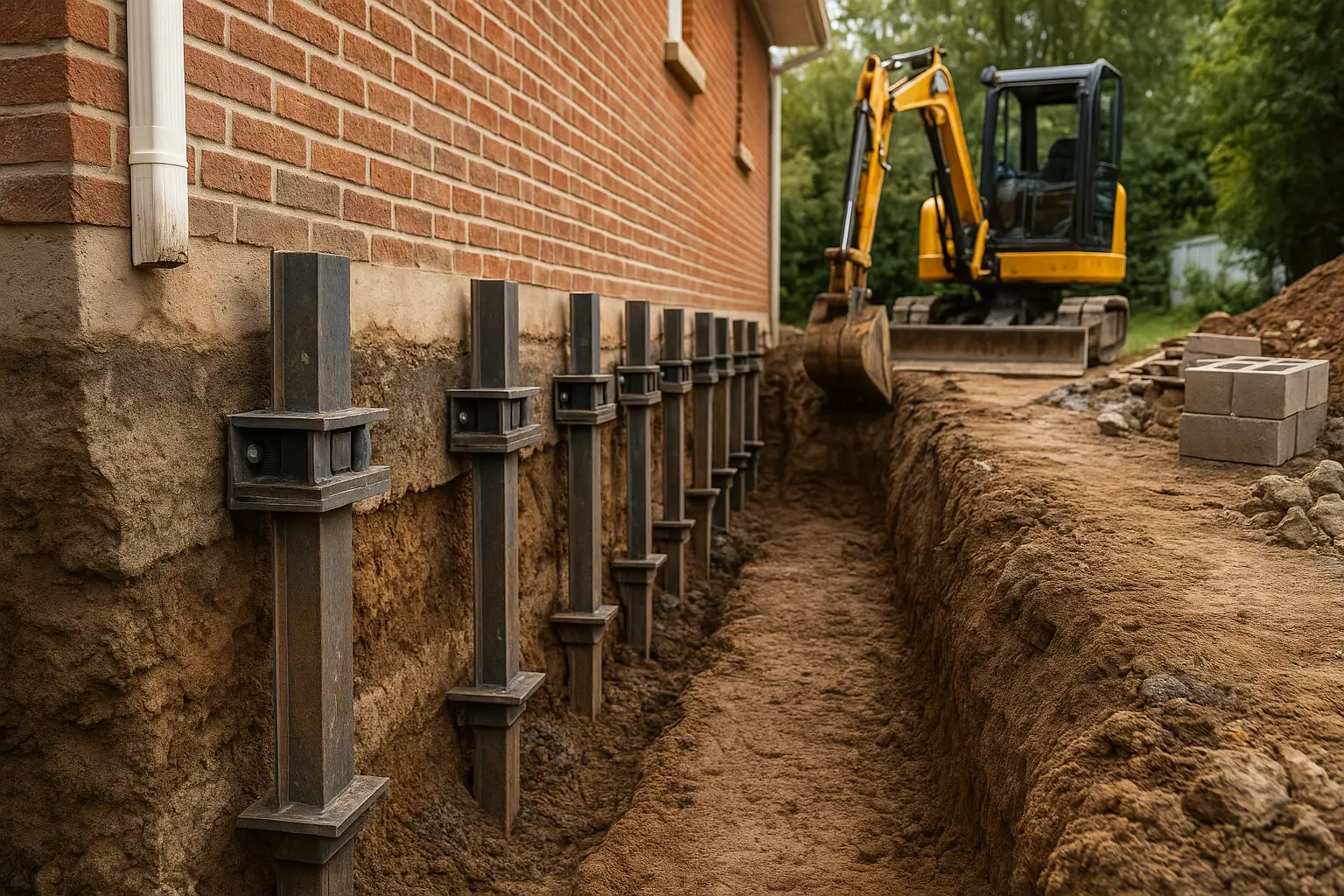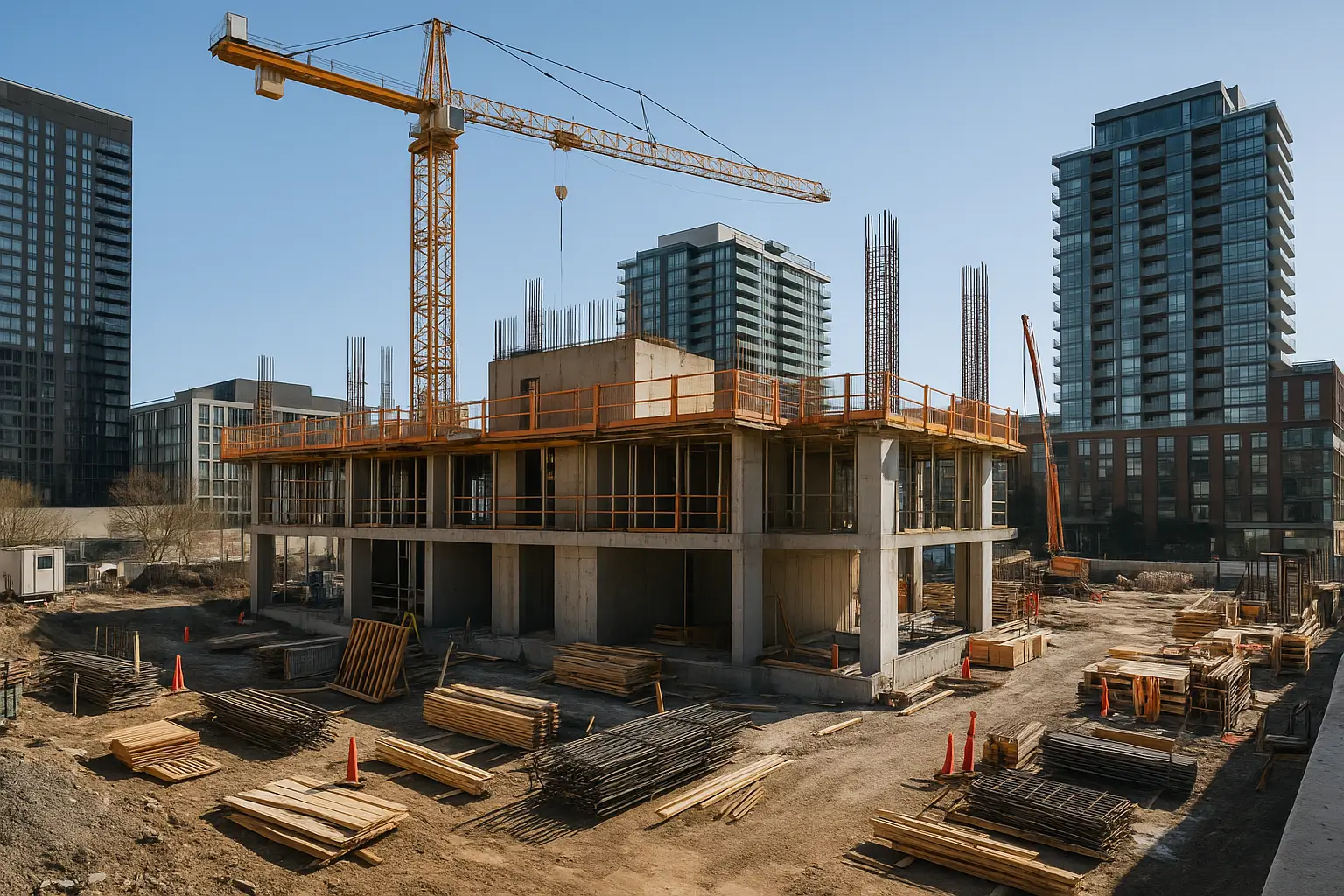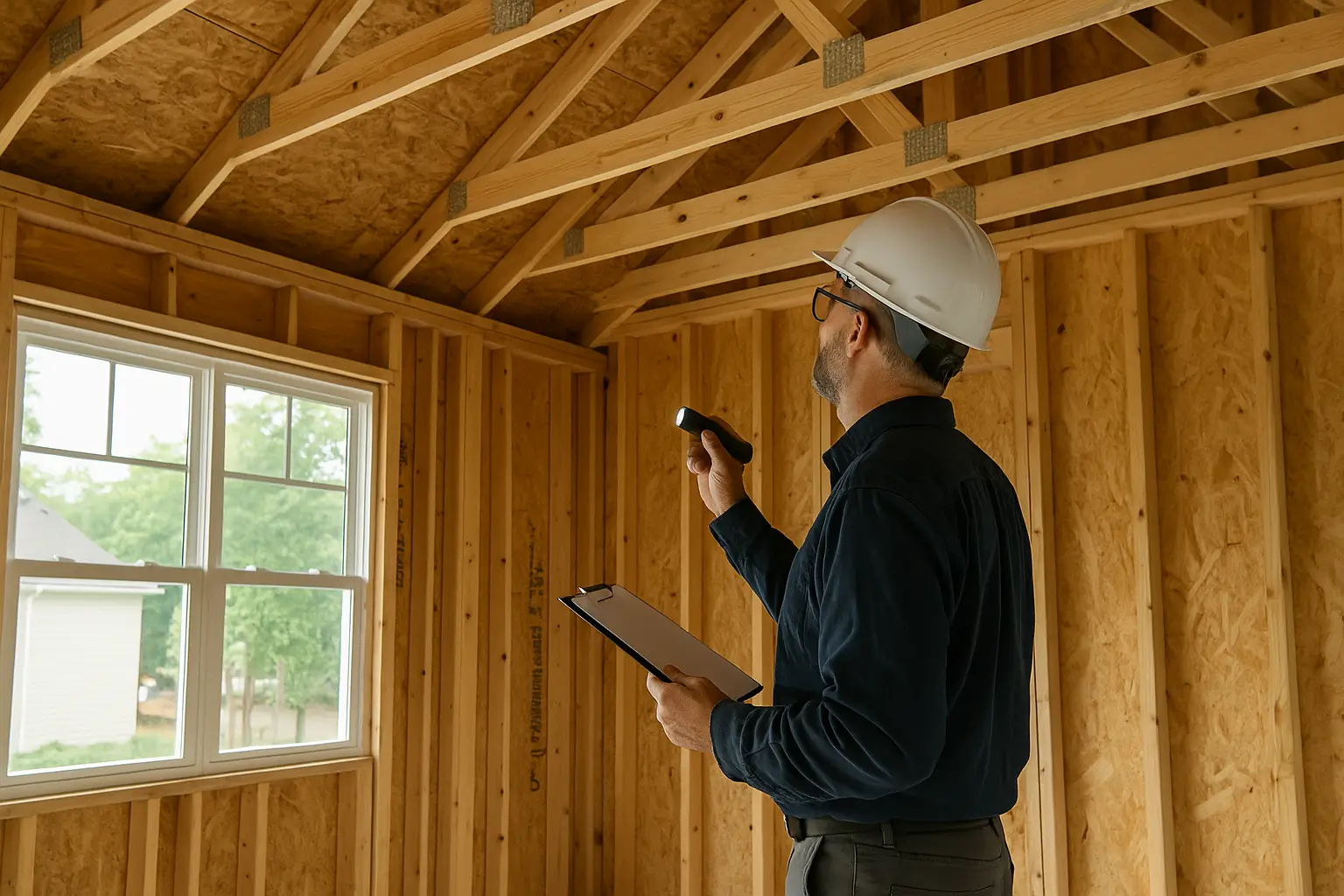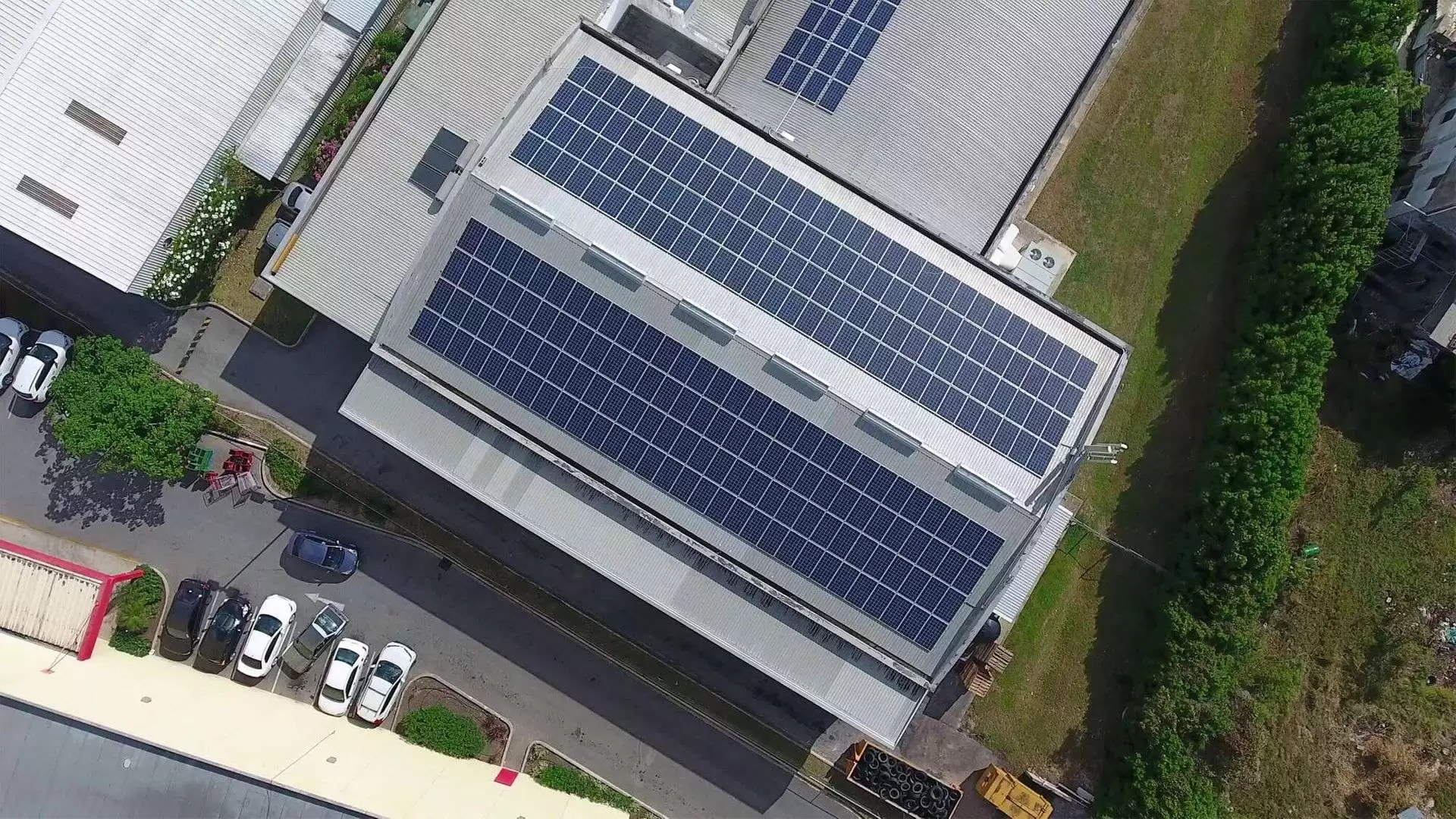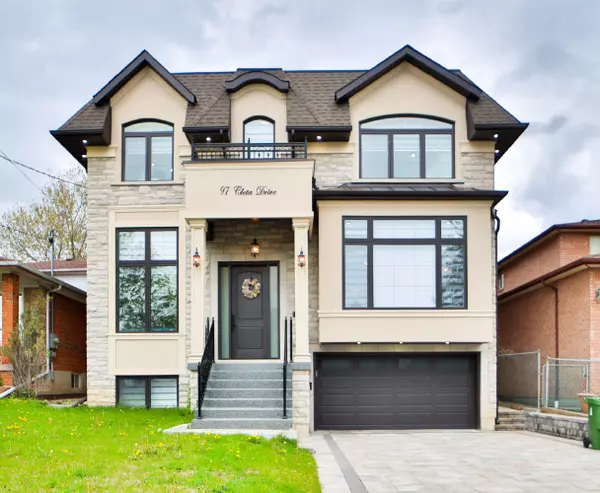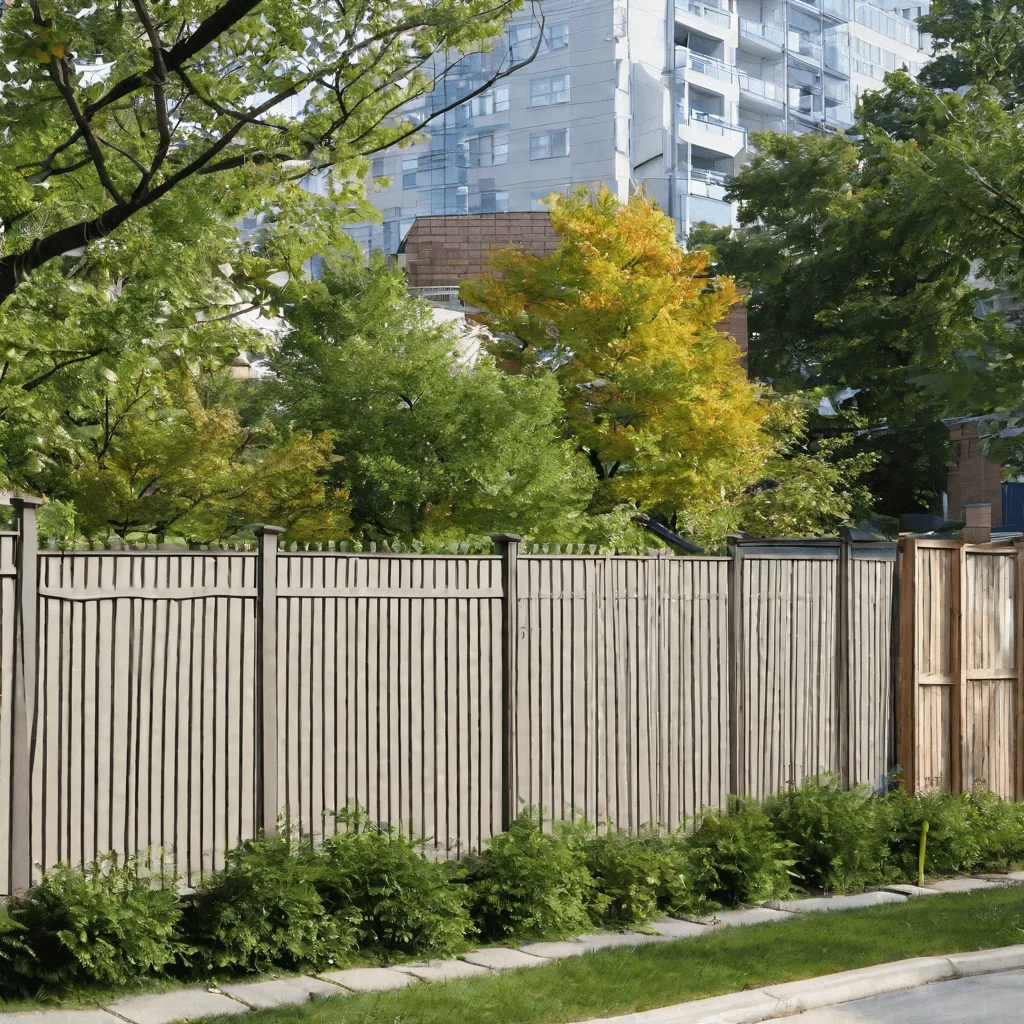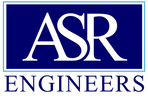Benefits Of Consulting An Engineering Firm For Roof Replacement
When it comes time to replace your roof, consulting with a professional engineering firm in Toronto can make the difference between a successful project and costly mistakes. Roof replacement is a significant investment for any property owner, and expert guidance from structural engineering professionals ensures that your new roof performs optimally for its entire service life. From comprehensive roof condition assessments to evaluating the ideal roofing materials for your building’s specific needs, roof consulting services provide critical oversight that protects your building envelope and prevents future problems.
How Engineering Expertise Ensures Quality Roof System Installation
Engineering firms in Toronto bring specialized knowledge to roof replacement projects that typical roofing contractors might not possess. When you contact a structural engineering firm for your roof system installation, they evaluate not just the surface requirements but the entire building’s structural integrity. These professionals thoroughly assess the existing roof condition, analyze load-bearing capacities, and identify potential weaknesses that could compromise your new roof’s performance. Their expertise ensures that the replacement roof system integrates properly with your building’s structure, preventing future roof leaks and extending the service life of your investment.
The importance of roof system design cannot be overstated when planning a replacement. Engineering firms develop customized specifications for your roof replacement that account for local climate conditions, building codes, and the unique characteristics of your building’s structure. They can determine the optimal roof membrane and insulation requirements, ensuring energy efficiency and structural integrity. By overseeing the roofing contractor’s work during installation, engineers verify that all components—from the underlying deck to the final protective coating—meet design specifications. This proactive approach prevents premature failures and ensures the long-term performance of your building’s roof system.
Why Expert Guidance Extends The Service Life Of Your New Roof
The service life of your roof is directly influenced by the quality of its design and installation, which is why expert guidance from an engineering firm is invaluable. Professional roof consultants understand how different roofing materials perform under various conditions and can recommend options that maximize longevity for your specific building. They evaluate factors like UV exposure, water drainage patterns, and thermal movement that affect roof performance over time. By incorporating this knowledge into your roof replacement project, engineering firms help you select a roof system that will resist deterioration and maintain its protective properties for decades, not just years.
Beyond material selection, engineering firms develop comprehensive roof maintenance programs that significantly extend the life of your roof. These proactive maintenance strategies are customized to your building’s specific needs and the installed roof system. Regular professional roof inspections identify minor issues before they develop into major problems requiring extensive repair or premature replacement. Engineers can also evaluate how building operations impact roof condition and recommend adjustments to prevent accelerated deterioration. This ongoing relationship with a roof consultant transforms your roof from a passive building component into a managed asset, optimizing your return on investment and preventing the structural damage that occurs when roof systems fail.
How Structural Engineers Prevent Costly Mistakes During Roof Replacement
When undertaking a roof replacement project, structural engineers serve as your building’s advocates, preventing expensive errors that could compromise your investment. They evaluate the entire roofing system, not just the visible components, ensuring that underlying structural issues are addressed before the new roof is installed. This comprehensive approach prevents scenarios where a new roof fails prematurely due to unidentified structural weaknesses. Engineers also verify that the selected roofing materials are appropriate for your building’s specific requirements, avoiding improper material applications that lead to rapid deterioration and repeated repair needs.
The oversight provided by an engineering firm during the replacement process extends to quality control of installation procedures. Engineers monitor critical phases of the roof replacement to ensure that roofing contractors follow manufacturer specifications and industry best practices. They inspect membrane seams, flashing details, and penetration treatments—all common failure points in roof systems. This vigilance prevents installation shortcuts that might not be apparent until leaks develop months or years later. Through detailed documentation and performance verification testing, structural engineers ensure your new roof is installed correctly the first time, avoiding the substantial costs associated with addressing installation defects after project completion and protecting property owners from premature roof system failure.
How Do Professional Roof Condition Assessments Save You Money?
Professional roof condition assessments conducted by engineering firms provide building owners with crucial information that drives intelligent investment decisions. These comprehensive evaluations examine all components of the existing roof system—from the membrane and insulation to underlying structural elements—documenting deterioration, moisture infiltration, and potential failure points. By evaluating the roof’s current state with precision instrumentation and expert analysis, engineers quantify remaining service life and identify specific deficiencies that require attention. This detailed assessment becomes the foundation for developing appropriate intervention strategies, whether that means targeted repairs or complete roof replacement, ultimately saving money by preventing unnecessary work or addressing problems before they escalate.
Beyond the immediate condition of your roof, these professional assessments evaluate how current roof performance impacts your overall building operations and maintenance costs. Engineers analyze energy efficiency, identify thermal bridging issues, and assess moisture management within the building envelope. They can quantify how roof deficiencies translate to increased heating and cooling expenses or potential interior damage from water infiltration. By presenting this information in detailed reports with clear recommendations, roof consultants help building owners make financially sound decisions about their roofing assets. The relatively small investment in professional roof condition assessments typically yields substantial returns through optimized repair strategies and maximized roof service life.
Identifying Whether Repair Or Replacement Is More Cost-Effective
One of the most valuable services engineering firms provide is helping building owners determine whether roof repair or replacement represents the most cost-effective solution. This decision requires expert evaluation of multiple factors including the extent of existing damage, the age of the current roof system, and the building’s long-term operational needs. Engineers conduct thorough roof inspections that assess membrane integrity, insulation saturation, and substrate condition to quantify remaining useful life. They analyze repair costs against replacement benefits, factoring in potential energy savings, maintenance reduction, and extended service life that a new roof would provide. This objective analysis prevents the common and costly mistake of repeatedly repairing a roof that should be replaced.
Engineering firms also consider lifecycle costs when advising on repair versus replacement decisions, looking beyond the immediate price tag to evaluate long-term financial implications. They assess how existing conditions impact building operation expenses, including energy consumption, ongoing maintenance requirements, and potential damage to interior finishes or inventory from roof leaks. For buildings with historical roof problems, engineers investigate root causes that might make repairs ineffective, such as improper drainage design or structural movement. Their recommendations incorporate current building code requirements and technological improvements in roofing materials that might make replacement significantly more advantageous despite higher initial costs. This comprehensive financial perspective ensures building owners make decisions that optimize their roofing investment over time.
Preventing Hidden Structural Damage Through Thorough Evaluations
Hidden structural damage represents one of the most serious risks when roof problems go unaddressed, making thorough engineering evaluations essential for building protection. When water penetrates the roof membrane, it often travels undetected through insulation layers and structural components, causing deterioration that’s invisible from both interior and exterior inspections. Engineering firms employ specialized equipment like infrared thermography, electrical capacitance meters, and core sampling to identify moisture intrusion that conventional visual inspections miss. These technical assessments locate compromised areas within the roof assembly before severe structural damage develops, potentially saving building owners tens of thousands in structural repairs.
Beyond finding existing damage, engineering evaluations identify conditions that could lead to future structural problems during the roof replacement process. Engineers assess deck condition, analyze load-bearing capacity, and evaluate attachment methods to ensure the new roof system won’t compromise structural integrity. They recognize early warning signs of deck corrosion, wood rot, or concrete deterioration that might be masked by existing roofing materials but would rapidly worsen under a new roof. By identifying these hidden issues before roof replacement begins, structural engineers prevent the scenario where a building owner invests in a new roof only to discover underlying problems that threaten both the building and the new roofing system. This proactive approach ensures that roof replacement addresses all aspects of the building envelope’s protection, preventing costly surprises during installation and future structural failures.
How Proactive Roof Inspections Protect Your Building Envelope
Proactive roof inspections conducted by engineering firms serve as the first line of defense in protecting your entire building envelope from deterioration. These professional assessments evaluate how the roof integrates with walls, windows, and other architectural elements to form a continuous barrier against weather and environmental stresses. Engineers identify vulnerable transition points where roof membranes meet vertical surfaces, examining flashing details, expansion joints, and penetration seals that are frequent sources of water entry. By detecting and addressing deficiencies at these critical interfaces, proactive inspections prevent moisture infiltration that would otherwise spread through the building envelope, causing extensive damage to insulation, structural components, and interior finishes.
The comprehensive nature of engineer-led roof inspections extends beyond surface conditions to evaluate the roof’s role in the building’s overall performance. Structural engineers assess how roof configuration affects rainwater management, thermal performance, and air barrier continuity within the building envelope. They identify relationships between roof conditions and interior environmental quality issues like mold growth, excessive humidity, or temperature control problems. Regular proactive inspections create a documented history of roof performance that helps predict future maintenance needs and optimal replacement timing. This systemic approach transforms roof management from reactive emergency repairs to strategic planning, protecting not just the roof but the entire building envelope from progressive deterioration and the costly repairs associated with deferred maintenance.
When Should Building Owners Seek Engineering Consultation For Roof Issues?
Building owners should consider engineering consultation whenever significant decisions about their roof system are approaching. The optimal time is not when you’re facing active leaks or visible damage, but rather when planning capital improvement budgets or noticing the first signs of roof aging. Engineering firms provide the most value when consulted before emergency conditions develop, typically when a roof is approaching 15-20 years of service or when performance issues first appear. This timing allows for comprehensive roof condition assessments that inform strategic planning rather than reactive decision-making. Early consultation also provides opportunities to evaluate emerging roofing technologies and materials that might offer superior performance for your building’s specific requirements.
Certain organizational milestones also warrant engineering consultation regarding roof systems. When acquiring new properties, a thorough roof evaluation by structural engineers provides critical information about potential liabilities and future capital expenses. Before renovating or repurposing buildings, consulting engineers can assess how roof modifications might impact the overall building envelope and structural integrity. Property owners considering energy efficiency improvements should seek engineering input on how roof system upgrades might contribute to performance goals. Even when roof issues aren’t apparent, periodic engineering assessments establish baseline condition documentation that proves invaluable for insurance claims following severe weather events or for planning maintenance budgets. The expertise of roof consultants is particularly valuable when buildings have experienced repeated problems despite previous repair attempts or when planning complex projects involving multiple building systems.
Warning Signs That Indicate You Need A Roof Replacement Consultation
Certain warning signs clearly indicate when building owners should seek engineering consultation regarding potential roof replacement. Recurring roof leaks, especially those that return after multiple repair attempts, suggest systemic failures within the roof system that require professional evaluation. Visual indicators like widespread blistering, membrane splitting, or extensive ponding water signal degradation that may have progressed beyond repair. Building owners should also be alert to interior symptoms—water stains on ceilings, unusual odors, or increased humidity levels often indicate hidden roof problems. When maintenance costs begin escalating or repair frequency increases, these financial warning signs typically indicate the roof is approaching the end of its service life.
The building’s operational context also presents warning signs that necessitate engineering consultation. If energy costs have increased significantly without operational changes, the roof’s insulation or reflective properties may be compromised. When building use changes—such as adding rooftop equipment or converting space to different functions—engineering evaluation ensures the roof system remains appropriate for new conditions. Age alone constitutes a warning sign; even without visible problems, roofs approaching their expected service life should be professionally assessed. The appearance of mold or indoor air quality complaints often traces back to moisture infiltration through compromised roof systems. Building owners who recognize these warning signs and seek timely engineering consultation can plan roof replacement strategically rather than reacting to catastrophic failures, ultimately protecting their property and controlling costs through proactive management of their building’s roof.
Understanding The Critical Timing For Roof System Evaluations
Understanding the critical timing for roof system evaluations allows building owners to maximize their roofing investment through strategic planning. The most effective evaluation schedule follows the life cycle of your specific roof system, with comprehensive assessments recommended at installation, at quarter-life (typically 5-7 years), at mid-life (10-15 years), and then more frequently as the roof approaches its expected service endpoint. This progressive schedule enables engineering firms to document performance patterns, identify emerging weaknesses before they cause damage, and help property owners budget appropriately for eventual replacement. Timing evaluations to coincide with warranty milestones also provides documentation that may be crucial for claim substantiation if premature failures occur.
Seasonal timing also plays a significant role in the effectiveness of roof system evaluations. Engineering assessments conducted after extreme weather events—severe storms, heavy snow loads, or prolonged heat waves—can identify stress-related damage before it progresses to failure. Scheduling evaluations before and after rooftop equipment installation ensures proper integration with the existing roof system. The pre-winter inspection represents perhaps the most critical timing for northern climates, as it identifies vulnerabilities before freeze-thaw cycles exacerbate minor deficiencies. Building owners should also coordinate roof evaluations with other building envelope assessments to understand how roof performance affects overall structural integrity. By recognizing these critical timing considerations, property owners transform roof management from reactive maintenance to strategic asset management, ultimately extending service life and protecting their building investment through properly timed engineering oversight.
How Recurring Roof Leaks Signal The Need For Engineering Expertise
Recurring roof leaks represent one of the clearest signals that building owners need engineering expertise to evaluate their roof system comprehensively. When leaks persist despite multiple repair attempts, they typically indicate underlying design flaws, material failures, or installation deficiencies that typical maintenance approaches cannot resolve. Engineering firms bring specialized diagnostic capabilities to these situations, employing tools like electronic leak detection, infrared thermography, and detailed moisture mapping to identify the true origin points of water entry. They evaluate not just the roof membrane but also flashings, penetrations, edge details, and drainage systems to identify systemic weaknesses. This holistic approach often reveals that recurring leaks originate from sources that roofing contractors have misdiagnosed or addressed incompletely.
The pattern and progression of recurring leaks provide valuable diagnostic information that engineering firms analyze to determine appropriate intervention strategies. Engineers document leak history, correlate failures with weather events, and evaluate how building operations might contribute to moisture problems. They distinguish between condensation issues and actual roof penetration, preventing misguided repairs that fail to address root causes. For buildings with chronic leak history, structural engineers often discover that water entering at one point travels significant distances before appearing inside the building, making source identification impossible without specialized testing. Most importantly, engineering expertise transforms the frustrating cycle of repeated repairs into a strategic assessment of whether continued maintenance remains cost-effective or complete roof replacement would better serve the building owner’s interests. Their objective analysis weighs repair costs against replacement benefits, considering factors like energy efficiency improvements, reduced maintenance expenses, and elimination of water damage risks to interior spaces and building contents.
What Does A Comprehensive Roof Replacement Consulting Service Include?
A comprehensive roof replacement consulting service encompasses the entire project lifecycle, beginning with thorough evaluation of existing conditions and extending through warranty period oversight. Initially, engineering firms conduct detailed roof condition assessments that document current performance, identify deficiencies, and establish replacement objectives. They perform structural analysis to verify the building can support proposed roofing systems and evaluate how roof replacement might integrate with other building improvements. The consulting service develops customized specifications tailored to your building’s unique requirements, addressing membrane type, insulation values, attachment methods, and drainage design. These technical specifications become the foundation for accurate contractor bidding and quality assurance during installation.
As the project progresses, comprehensive consulting services include contractor selection assistance, bid evaluation, and contract documentation review. Engineers attend pre-construction meetings to establish quality expectations and communication protocols with the roofing contractor. During installation, they provide regular site inspections at critical milestones, verifying adherence to specifications and documenting proper installation techniques. The consulting service coordinates testing procedures such as water testing of completed sections and core sampling to verify material thicknesses. Upon project completion, engineers conduct final inspections, document punch list items, and verify resolution before accepting the roof system. The most valuable consulting services extend beyond project completion to establish ongoing maintenance protocols, warranty management procedures, and building staff training to optimize the performance of your building’s new roof. This comprehensive approach ensures the property owner receives maximum value from their roof replacement investment through expert guidance at every project phase.
The Importance Of Detailed Roof Membrane And Insulation Analysis
Detailed roof membrane and insulation analysis forms the cornerstone of effective roof replacement consulting, providing critical information that drives material selection and system design. Engineering firms evaluate existing membrane composition, thickness, attachment methods, and failure patterns to identify specific performance limitations that must be addressed in the replacement system. They assess membrane compatibility with the building’s environmental exposures, such as chemical emissions, grease exhaust, or extreme temperature fluctuations. Through laboratory testing of extracted samples, engineers can determine whether membrane degradation resulted from material def
